Background:
An urban brownfield site, formerly occupied by industrial activities, required extensive remediation due to the presence of construction spoil waste contaminated with heavy metals and organic pollutants. The client, a property developer in USA, faced regulatory hurdles and community concerns, necessitating a robust solidification solution to address the environmental risks associated with the site.
Solution:
Our team proposed a solidification approach using sodium polyacrylate, a highly effective polymer, to encapsulate and stabilize the contaminants in the construction spoil waste. This method was chosen for its ability to reduce leachability of pollutants and enhance the mechanical strength of the treated material. Through rigorous testing and site-specific adjustments, we developed a tailored solidification plan to meet the project's unique challenges.
Outcome:
The successful implementation of sodium polyacrylate-based solidification resulted in a significant reduction in contaminant leaching, meeting stringent regulatory requirements. The treated construction spoil waste was safely disposed of, allowing the property developer to move forward with the redevelopment project. The case underscored the efficacy of sodium polyacrylate in brownfield remediation, offering a sustainable solution for urban revitalization.
Background:
A large industrial facility undergoing expansion generates large amounts of construction spoil waste containing a variety of contaminants. The client, a Canadian industrial group, sought an efficient and cost-effective solidification solution to manage this waste while adhering to environmental standards and minimizing impact on ongoing operations.
Solution:
Our team employed sodium polyacrylate as a key component in the solidification process to encapsulate and immobilize contaminants within the construction spoil waste. This approach not only improved the stability of the waste material but also facilitated its safe disposal. Through careful formulation and on-site testing, we optimized the solidification process to meet the specific needs of the industrial site.
Outcome:
The successful use of sodium polyacrylate-based solidification allowed the industrial client to effectively manage and dispose of the construction spoil waste without disrupting ongoing operations. The environmentally friendly solution reduced the potential for soil and groundwater contamination, aligning with the client's commitment to sustainable practices. This case showcased the versatility of sodium polyacrylate in industrial settings, providing a reliable option for waste management during expansions and renovations.
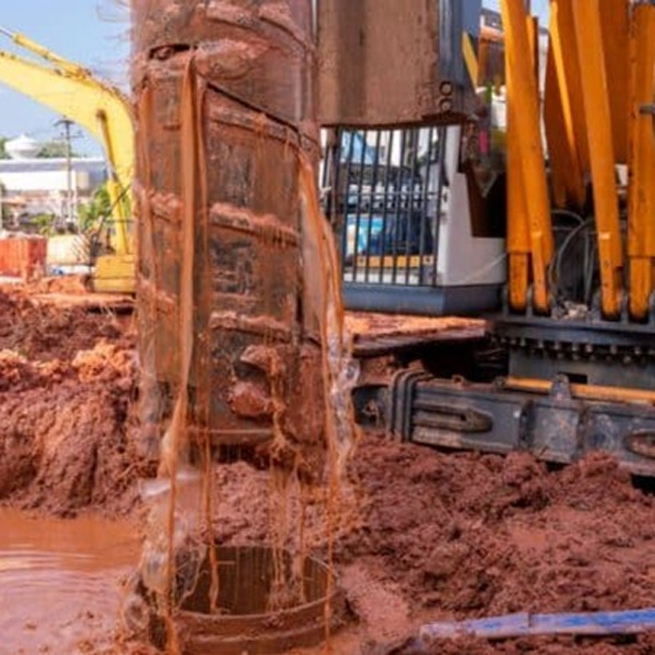
Background:
One of Australia's leading energy companies has launched a challenging offshore oil exploration project involving drilling in an environmentally sensitive area. Customers are concerned about the potential impact of drilling fluids on marine ecosystems and seek innovative solutions to mitigate these environmental risks.
Solution:
Our team introduced Sodium Polyacrylate (SAP) as a key component in the drilling fluid formulation. SAP, with its excellent water-absorbing and rheological properties, proved instrumental in stabilizing the drilling fluid, reducing viscosity fluctuations, and enhancing overall drilling efficiency. The environmentally conscious approach helped address the client's concerns about the ecological impact of drilling activities.
Outcome:
The successful implementation of SAP for drilling solutions significantly minimized the environmental footprint of the offshore drilling project. The drilling fluids remained stable and environmentally benign, meeting regulatory standards and earning the client commendation for responsible drilling practices. This case highlighted the effectiveness of SAP in balancing operational efficiency with environmental stewardship in offshore oil exploration.
Background:
A geothermal energy company in Russia faced challenges while drilling geothermal wells, including issues related to wellbore stability, fluid loss and temperature control. Customers seek advanced drilling solutions to optimize well construction and ensure efficient extraction of geothermal resources.
Solution:
Our team proposed the use of Sodium Polyacrylate (SAP) in the drilling mud system to enhance its rheological properties and address specific challenges encountered in geothermal drilling. SAP's ability to improve fluid viscosity, control fluid loss, and withstand high temperatures proved crucial in optimizing the drilling process and maintaining wellbore integrity.
Outcome:
The incorporation of SAP in the drilling mud system resulted in improved drilling efficiency and borehole stability for the geothermal project. The client experienced reduced fluid loss, enhanced temperature control, and increased overall drilling performance. This case demonstrated the versatility of SAP for drilling solutions, particularly in the demanding conditions of geothermal well construction, providing a sustainable and effective approach for the energy industry.
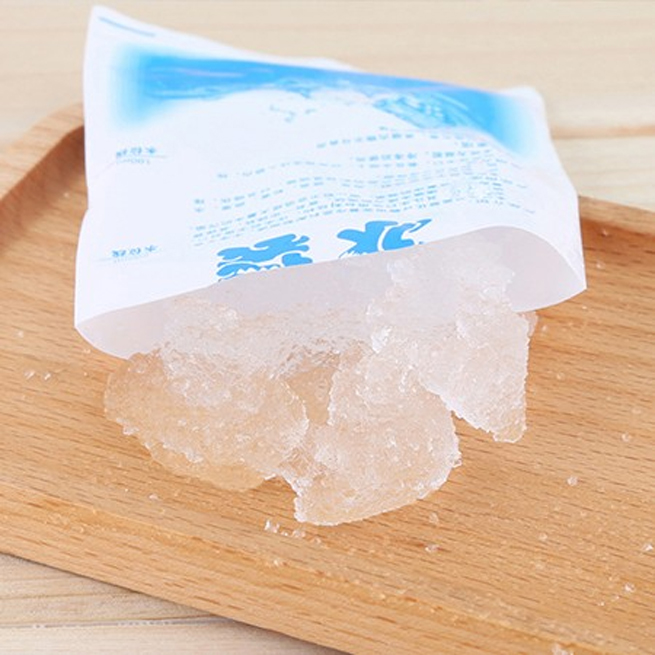
Background:
A major pharmaceutical distribution company in Singapore faced the challenge of maintaining the required temperatures when transporting temperature-sensitive medications and medical supplies. Customers require reliable and cost-effective insulation solutions to ensure product integrity throughout the supply chain.
Solution:
Our team introduced Sodium Polyacrylate (SAP) as a key component in the gel pack material used for thermal insulation. SAP's high water-absorbing capacity allowed for the creation of a gel that could absorb and release heat, providing an effective temperature-control mechanism. The gel packs, incorporating SAP, proved to be a superior alternative to traditional gel packs, offering extended temperature stability during transit.
Outcome:
The adoption of SAP-infused gel packs significantly improved the cold chain logistics for pharmaceutical products. The client experienced reduced temperature excursions, ensuring the safety and efficacy of the transported medical supplies. This case demonstrated the efficacy of SAP for gel pack materials in maintaining the required temperature range for pharmaceuticals during transportation.
Background:
A large food delivery company in the Middle East faced challenges in maintaining the freshness of perishable goods during transportation, especially in areas with climate change. The customer sought an innovative solution to enhance the thermal performance of the packaging and extend the shelf life of fresh produce during transportation.
Solution:
Our team proposed the incorporation of Sodium Polyacrylate (SAP) into the gel pack material used for cooling during transit. SAP's ability to absorb and release water efficiently allowed for the creation of a gel pack that effectively regulated temperature, preventing temperature fluctuations that could compromise the quality of perishable goods. This solution offered a sustainable and cost-effective alternative to traditional cooling methods.
Outcome:
The integration of SAP into gel packs transformed the client's fresh food distribution process. The enhanced temperature control provided by SAP-infused gel packs resulted in extended shelf life for perishable goods, reducing food waste and improving overall product quality. This case highlighted the value of SAP for gel pack materials in the food distribution industry, showcasing its potential to revolutionize cold chain logistics for a variety of products.
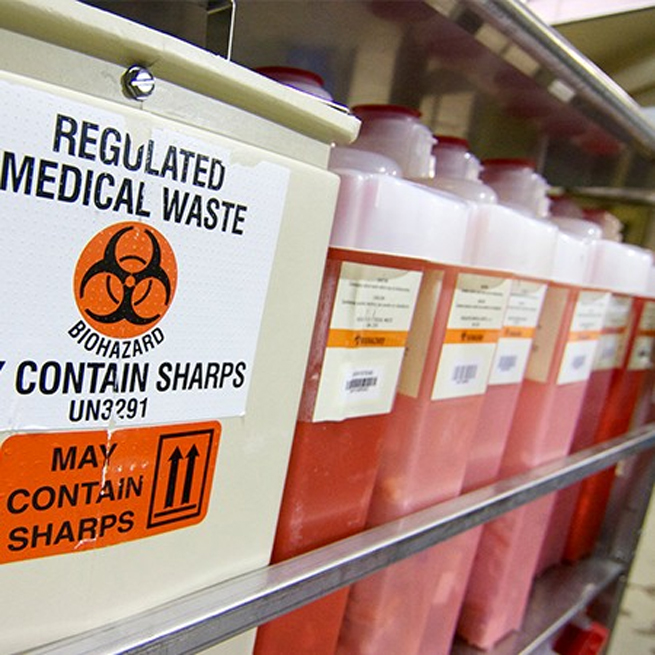
Background:
A major hospital in the UK faced challenges in managing medical waste, particularly in handling liquid medical waste materials generated during various medical procedures. The customer sought an effective and safe solution to solidify liquid medical waste to simplify handling, transportation and disposal.
Solution:
Our team implemented Sodium Polyacrylate (SAP) as a key component in the medical waste solidification process. SAP's exceptional water-absorbing properties allowed for the rapid and efficient conversion of liquid medical waste into a solid, gel-like material. This not only reduced the risk of contamination during handling but also provided a more manageable form for transportation and disposal.
Outcome:
The adoption of SAP for medical waste solidification improved the hospital's waste management practices significantly. The treated waste was easier to handle, reducing the risk of exposure to hazardous materials. Moreover, the solidified waste met regulatory requirements for safe disposal, contributing to a safer and more sustainable healthcare waste management system.
Background:
A pharmaceutical factory in India faced challenges in managing the disposal of unused or expired liquid medications and medicines. The client sought a solution to solidify liquid pharmaceutical waste, making it easier to handle and ensuring compliance with environmental regulations.
Solution:
Our team introduced Sodium Polyacrylate (SAP) as a key element in the solidification process for liquid pharmaceutical waste. SAP's ability to rapidly absorb and solidify liquid waste materials provided an efficient and compliant solution for the pharmaceutical manufacturing facility. This approach not only facilitated safer waste management practices but also reduced the environmental impact associated with liquid pharmaceutical waste disposal.
Outcome:
The incorporation of SAP into the pharmaceutical waste solidification process streamlined the client's waste disposal procedures. The solidified waste was easier to manage and transport, contributing to a more efficient and environmentally conscious waste management strategy. This case demonstrated the adaptability of SAP in the pharmaceutical industry, providing a practical and sustainable solution for the solidification of liquid medical waste.
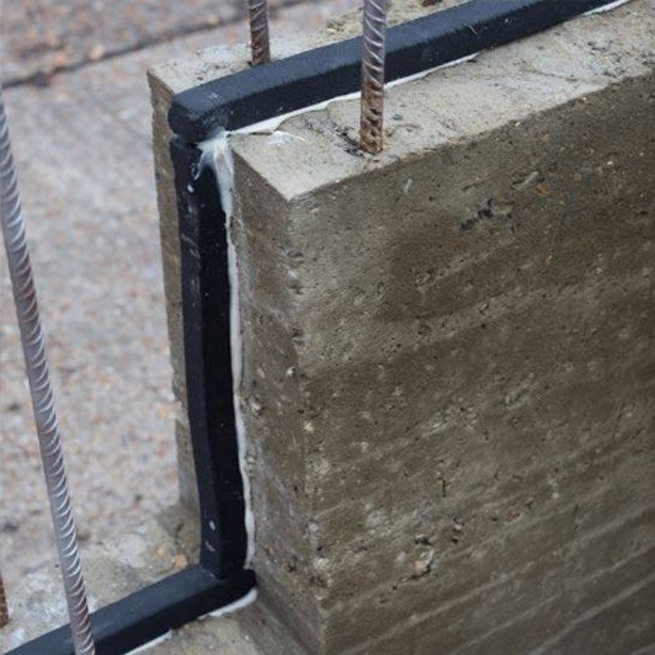
Background:
A U.S. civil engineering firm specializing in infrastructure projects faced challenges creating effective seals for expansion joints and concrete structures. The customer required a solution that would provide reliable watertightness and prevent water from entering critical areas.
Solution:
Our team recommended the use of Sodium Polyacrylate (SAP) for water swelling rubber in the sealing applications. SAP's water-absorbing properties allowed the rubber to swell upon contact with water, creating an effective barrier against water infiltration. This innovative solution provided long-lasting water-tight seals in expansion joints and other construction elements.
Outcome:
The incorporation of SAP into water swelling rubber significantly improved the client's sealing solutions. The water-swelling rubber effectively expanded upon exposure to water, ensuring a tight seal and preventing water damage to infrastructure elements. This case demonstrated the versatility of SAP in civil engineering applications, offering an efficient and reliable solution for water-tight seals in critical construction projects.
Background:
An Argentinian utility company faced challenges maintaining the integrity of underground infrastructure such as pipelines and tunnels in the presence of groundwater seepage. The client sought a solution to create water-swellable rubber seals that could expand on contact with water, preventing leaks and ensuring the longevity of underground structures.
Solution:
Our team proposed the use of Sodium Polyacrylate (SAP) as a key component in the water-swelling rubber seals for underground infrastructure. The water-absorbing properties of SAP allowed the rubber to swell when exposed to groundwater, effectively sealing potential leaks. This approach offered a proactive solution for preventing water damage and extending the lifespan of underground infrastructure.
Outcome:
The implementation of SAP-infused water-swelling rubber seals enhanced the client's ability to maintain the integrity of underground infrastructure. The seals effectively expanded to create water-tight barriers, reducing the risk of leaks and associated maintenance issues. This case showcased the effectiveness of SAP in addressing water-related challenges in underground utility maintenance, providing a sustainable solution for infrastructure longevity.
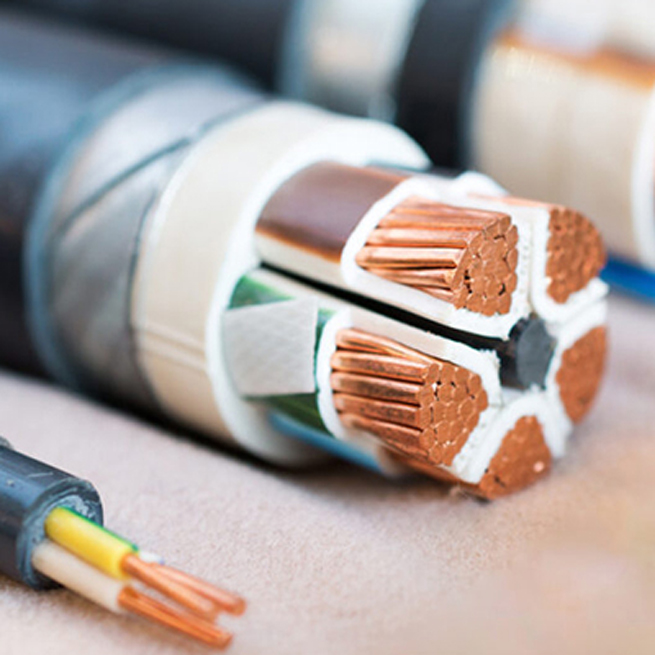
Background:
A Canadian telecommunications company faced challenges protecting underground cables from water intrusion, which could affect the performance and lifespan of the cables. The customer sought an innovative solution to create water-blocking polymers for cable insulation to ensure the reliability of their communications infrastructure.
Solution:
Our team recommended the use of Sodium Polyacrylate (SAP) as a key component in the cable water-blocking polymer. SAP's exceptional water-absorbing properties were harnessed to create a polymer that swells upon contact with water, forming a protective barrier around the cables. This solution effectively prevented water intrusion, enhancing the cable's performance and lifespan.
Outcome:
The implementation of SAP in the cable water-blocking polymer proved highly successful for the telecommunications company. The cables remained well-protected against water ingress, minimizing the risk of signal loss and equipment damage. This case highlighted the value of SAP in cable protection, providing a reliable and cost-effective solution for enhancing the reliability of underground telecommunication infrastructure.
Background:
An Australian utility company operating electrical substations faced challenges protecting its power cables from moisture and water damage. The customer sought a durable and efficient solution to enhance the insulation of power cables and ensure the continued reliability of the grid.
Solution:
Our team proposed the use of Sodium Polyacrylate (SAP) in the formulation of a cable water-blocking polymer specifically designed for power cables used in substations. SAP's water-absorbing capabilities were utilized to create a polymer that formed a gel-like barrier, preventing water from penetrating the cable insulation. This approach offered a proactive solution to safeguard the power cables against moisture-related issues.
Outcome:
The incorporation of SAP into the cable water-blocking polymer significantly improved the client's ability to protect power cables in substations. The enhanced water resistance contributed to the longevity and reliability of the electrical grid infrastructure. This case demonstrated the effectiveness of SAP in power cable insulation, providing a robust solution for utilities seeking to mitigate the impact of moisture on their critical infrastructure.
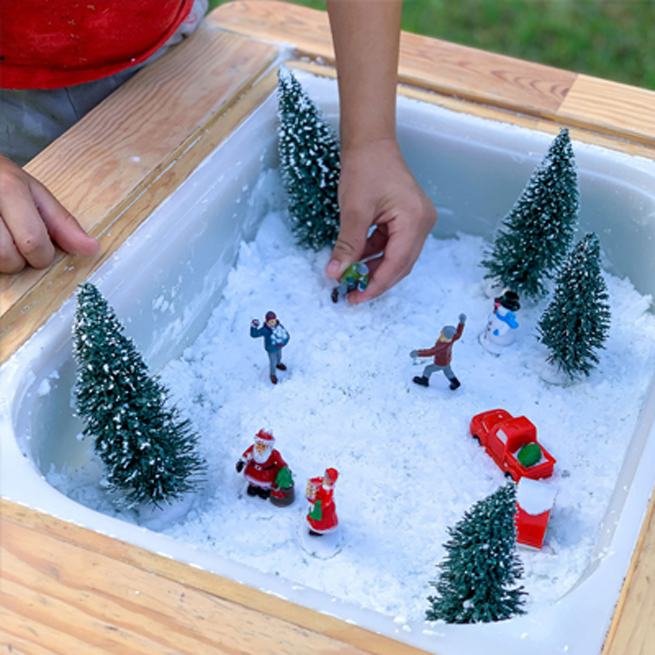
Background:
A US entertainment production company sought to create realistic snow effects for film, television and stage productions without the need for traditional snowmaking methods. The customer needed an innovative solution to produce fake or instant snow that replicated the look and texture of natural snowflakes.
Solution:
Our team proposed the use of Sodium Polyacrylate (SAP) for creating instant snow. SAP's unique water-absorbing properties allowed it to absorb and retain water, transforming into a snow-like material when hydrated. This approach provided a convenient and cost-effective way to generate realistic fake snow for various entertainment projects.
Outcome:
The incorporation of SAP for instant snow production revolutionized the client's ability to create lifelike snow scenes in entertainment productions. The instant snow was easy to use, environmentally friendly, and visually convincing, enhancing the overall quality of snow effects in films, television shows, and stage productions. This case highlighted the versatility of SAP in the entertainment industry, offering a practical solution for achieving authentic snowscapes.
Background:
A company in Singapore that specializes in seasonal decorations and events needed a solution to enhance their winter-themed displays with realistic snow. The customer needed a reliable and reusable fake snow product that could withstand varying environmental conditions and provide a consistent appearance over an extended period of time.
Solution:
Our team recommended the use of Sodium Polyacrylate (SAP) for the creation of fake snow for seasonal decorations and events. SAP's water-absorbing properties allowed for the easy and repeatable transformation of the material into snow-like flakes. The resulting fake snow product was not only visually appealing but also capable of maintaining its texture and appearance over time.
Outcome:
The adoption of SAP for fake snow production significantly improved the client's seasonal decor and event offerings. The reusable and long-lasting nature of the SAP-based fake snow allowed for cost-effective and environmentally friendly solutions for creating winter wonderland displays. This case demonstrated the practicality of SAP in the seasonal decoration industry, providing a versatile and sustainable option for achieving captivating winter-themed environments.
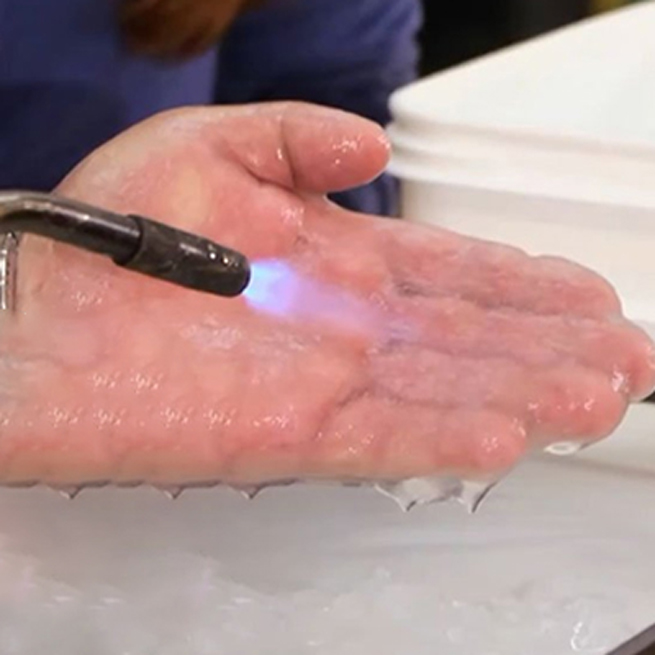
Background:
Fire departments in wildfire-prone areas seek effective and environmentally friendly solutions to enhance firefighting efforts. A customer in Brazil needed a fire-retardant gel that could be applied to buildings, vegetation and other vulnerable areas to create a protective barrier against the spread of wildfires.
Solution:
Our team proposed the use of Sodium Polyacrylate (SAP) in the formulation of a fire retardant gel. SAP's water-absorbing properties, combined with its ability to form a gel-like substance, created a fire retardant barrier that adhered to surfaces. This gel acted as a protective shield, slowing down the progression of wildfires and providing additional time for firefighting efforts.
Outcome:
The implementation of SAP in the fire retardant gel significantly improved the fire department's ability to protect structures and control the spread of wildfires. The gel proved effective in creating a fire-resistant barrier, helping to safeguard communities and reduce the impact of wildfires on the environment. This case highlighted the versatility of SAP in firefighting applications, offering a sustainable and efficient solution for wildfire protection.
Background:
An industrial facility with a high risk of fire sought a reliable and long-lasting flame retardant solution to protect critical equipment and structures. A Canadian customer required a flame retardant gel that would adhere to both vertical and horizontal surfaces to provide enhanced fire safety measures for their operations.
Solution:
Our team recommended the use of Sodium Polyacrylate (SAP) for the creation of a fire retardant gel tailored to the specific needs of the industrial facility. The water-absorbing properties of SAP allowed the gel to adhere to surfaces and form a protective layer, preventing the rapid spread of flames. This gel offered an effective and durable solution for fire protection in the industrial setting.
Outcome:
The incorporation of SAP in the fire retardant gel improved the client's industrial fire safety measures. The gel adhered to surfaces, providing an added layer of protection during fire incidents and contributing to the overall safety of the facility. This case demonstrated the suitability of SAP for industrial fire retardant applications, showcasing its ability to enhance fire safety protocols in high-risk environments.